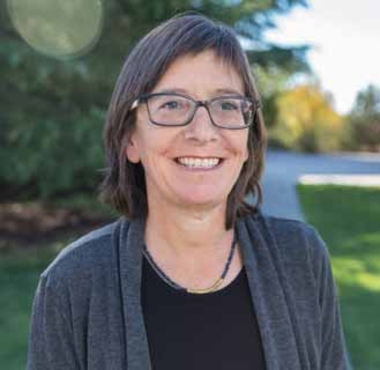Project to use school nurses to make schoolyards safer for LGBTQ kids

by Rob Howard
Associate Editor
The LGBTQ community has long been aware that there is an epidemic of violence and bullying against LGBTQ youth in schools, and that suicide rate are high.
Now, reports the Associated Press, “Researchers in New Mexico, California and Maryland are working with public school nurses in hopes of curbing suicide rates within the lesbian, gay, bisexual and transgender community by making school grounds safer.”
The University of New Mexico’s Health Sciences Center, in its UNM HSC Newsbeat, reported yesterday on the program, saying, “The stats are the stuff of parents’ nightmares: suicide is the second leading cause of death in the U.S. for youths 12-18 – and New Mexico’s rates are 50 percent higher than national figures.
“Being identified as different from your peers makes that dire situation even riskier. For many Lesbian/Gay/Bi-Sexual/Transgendered/Queer or Questioning (LGBTQ) youths, the schoolyard is a daily source of stress. They are much more likely than their peers to be threatened or injured with a weapon at school or to skip classes because they don’t feel safe.
“That stress takes its toll. LGBTQ youth suicide rates are three to four times higher than their peers. In a 2015 study, half of the LGBTQ youths interviewed reported thinking about taking their lives, with one in four confessing to a past attempt.”
Dr. Mary Ramos, MPH, believes that those schoolyards, dangerous though they may be, may hold the key to reducing suicides.
Newsbeat quoted Dr. Ramos, writing, “’Kids spend more awake hours at school than they do anywhere else,’ Ramos says. She and colleagues at the Pacific Institute for Research and Evaluation and the University of California, San Diego, are leading a four-year project to work with school nurses to make school grounds safer.
“In 2011, the U.S. Centers for Disease Control identified six strategies proven to create safe school environments. ‘None of those things are earth-shattering, but they can be very time-consuming and difficult to incorporate,’ Ramos says. ‘The result is that less than five percent of schools adopt all six strategies.’”
You can read the CDC’s six strategies at https://www.cdc.gov/healthyyouth/protective/pdf/connectedness.pdf.
The AP reported, “The team hopes a model for change led by school nurses will result in more schools creating safe environments.
“The project is funded by the Eunice Kennedy Shriver National Institute of Child Health and Human Development.”
Newsbeatconcluded, “’School nurses are uniquely positioned within schools,’ Ramos says. This is a rural state and, in many areas, they are the ones taking on behavioral health issues. It makes sense that they lead the search for the best practices for their schools.’
“The nurses will be supported at 40 public high schools, where they will form four- to six-person teams to identify and incorporate policies customized to their campuses. ‘This is a tremendous public health crisis,’ Ramos says. ‘I would argue it is a moral imperative to make publicly funded schools safe for all students.’”
The study is called Implementing School Nursing Strategies to Reduce LGBTQ Adolescent Suicide. You can read Newsbeat’s full article at http://hscnews.unm.edu/news/making-schoolyards-safer-for-lgbtq-youths-5945902.
Copyright 2017 The Gayly – March 28, 2017 @ 3:10 p.m.





